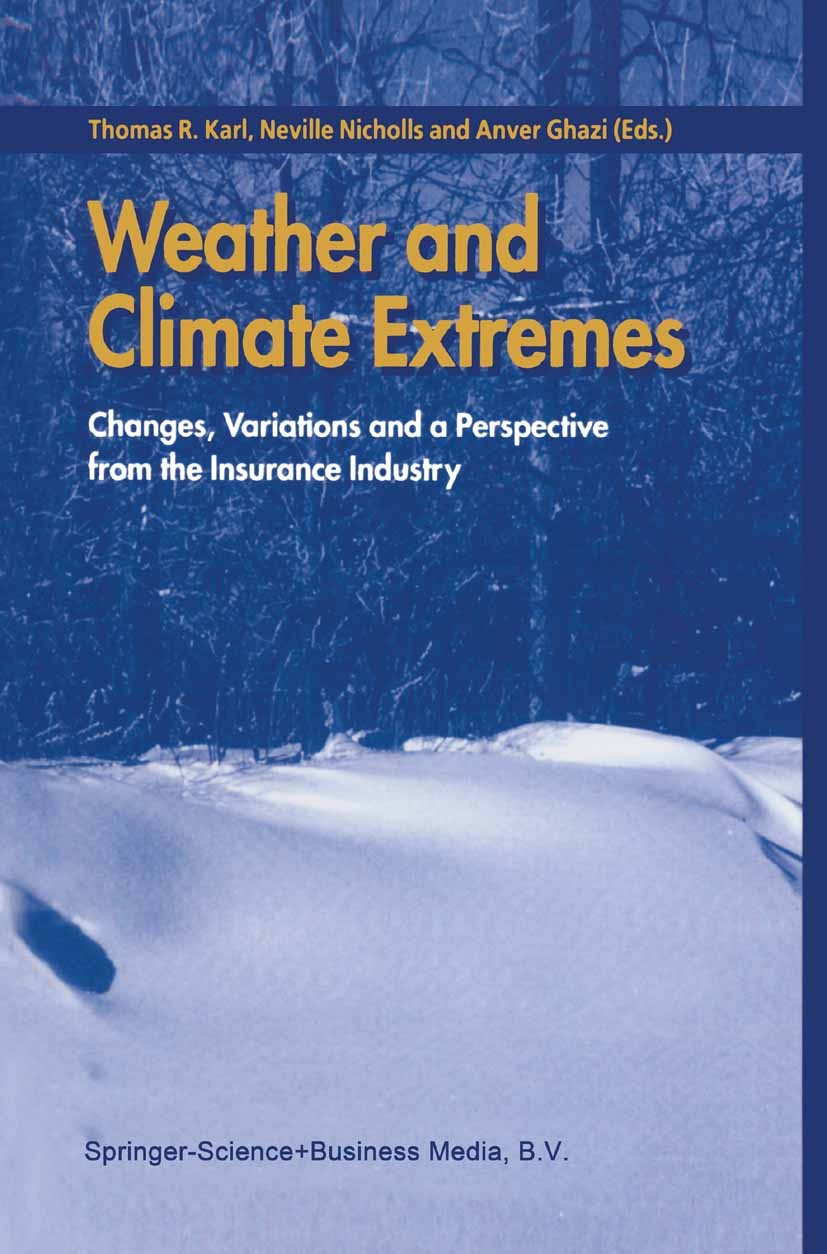Assessment of the marine heatwaves prediction performance of the short-term climate prediction system FIO-CPS v2.0
IF 6.9
1区 地球科学
Q1 METEOROLOGY & ATMOSPHERIC SCIENCES
引用次数: 0
Abstract
In recent years, the frequent occurrence of marine heatwaves (MHWs) has affected the ecological environment and caused considerable socioeconomic impact. Consequently, MHWs prediction has received increasing attention. This study aims to evaluate the short-term (months to interannual timescales) MHWs prediction skill of the First Institute of Oceanography-Climate Prediction System version 2.0 (FIO-CPS v2.0) by using three statistical metrics including symmetric extremal dependence index (SEDI), forecast accuracy (FA), and Brier skill score (BSS). The results revealed that FIO-CPS v2.0 can better predict MHWs in tropical regions, especially in the tropical central and eastern Pacific Ocean, in which the SEDI, FA, and BSS values reached 0.73, 0.92, and 0.27 at the 1-month lead time, respectively. However, the MHWs prediction ability of FIO-CPS v2.0 has spring prediction barriers owing to the driving factors of ENSO. Moreover, further analysis revealed a definite relationship between the ability to predict MHWs and the ability to predict MHWs duration. The prediction skill of FIO-CPS v2.0 appears to be better for long-duration MHWs than for short-duration MHWs. Under the influence of global warming, FIO-CPS v2.0 can reproduce the increase in MHWs duration observed in recent years, and the prediction skill of some regions has been relatively high in the last 15 years. This study deepens the understanding of the prediction ability of FIO-CPS v2.0, and provides an important reference for the application of short-term prediction of MHWs.
短期气候预报系统FIO-CPS v2.0海洋热浪预报性能评价
近年来,海洋热浪的频繁发生不仅影响了生态环境,也造成了相当大的社会经济影响。因此,强震预报受到越来越多的关注。利用对称极值依赖指数(SEDI)、预报精度(FA)和Brier技能分数(BSS) 3个统计指标,对第一海洋研究所-气候预报系统2.0版(FIO-CPS v2.0)短期(月至年际)MHWs预报能力进行评价。结果表明,FIO-CPS v2.0能够较好地预测热带地区的强热带气旋,特别是热带中、东太平洋,提前1个月的SEDI、FA和BSS分别达到0.73、0.92和0.27。然而,由于ENSO的驱动因素,FIO-CPS v2.0的MHWs预测能力存在春季预测障碍。此外,进一步的分析显示,预测MHWs的能力与预测MHWs持续时间的能力之间存在明确的关系。FIO-CPS v2.0对长时间MHWs的预测能力优于短时间MHWs。在全球变暖的影响下,FIO-CPS v2.0能够再现近年来观测到的大热浪持续时间的增加,部分地区近15年的预测能力较高。本研究加深了对FIO-CPS v2.0预测能力的认识,为mhw短期预测的应用提供了重要参考。
本文章由计算机程序翻译,如有差异,请以英文原文为准。
求助全文
约1分钟内获得全文
求助全文
来源期刊

Weather and Climate Extremes
Earth and Planetary Sciences-Atmospheric Science
CiteScore
11.00
自引率
7.50%
发文量
102
审稿时长
33 weeks
期刊介绍:
Weather and Climate Extremes
Target Audience:
Academics
Decision makers
International development agencies
Non-governmental organizations (NGOs)
Civil society
Focus Areas:
Research in weather and climate extremes
Monitoring and early warning systems
Assessment of vulnerability and impacts
Developing and implementing intervention policies
Effective risk management and adaptation practices
Engagement of local communities in adopting coping strategies
Information and communication strategies tailored to local and regional needs and circumstances
 求助内容:
求助内容: 应助结果提醒方式:
应助结果提醒方式:


